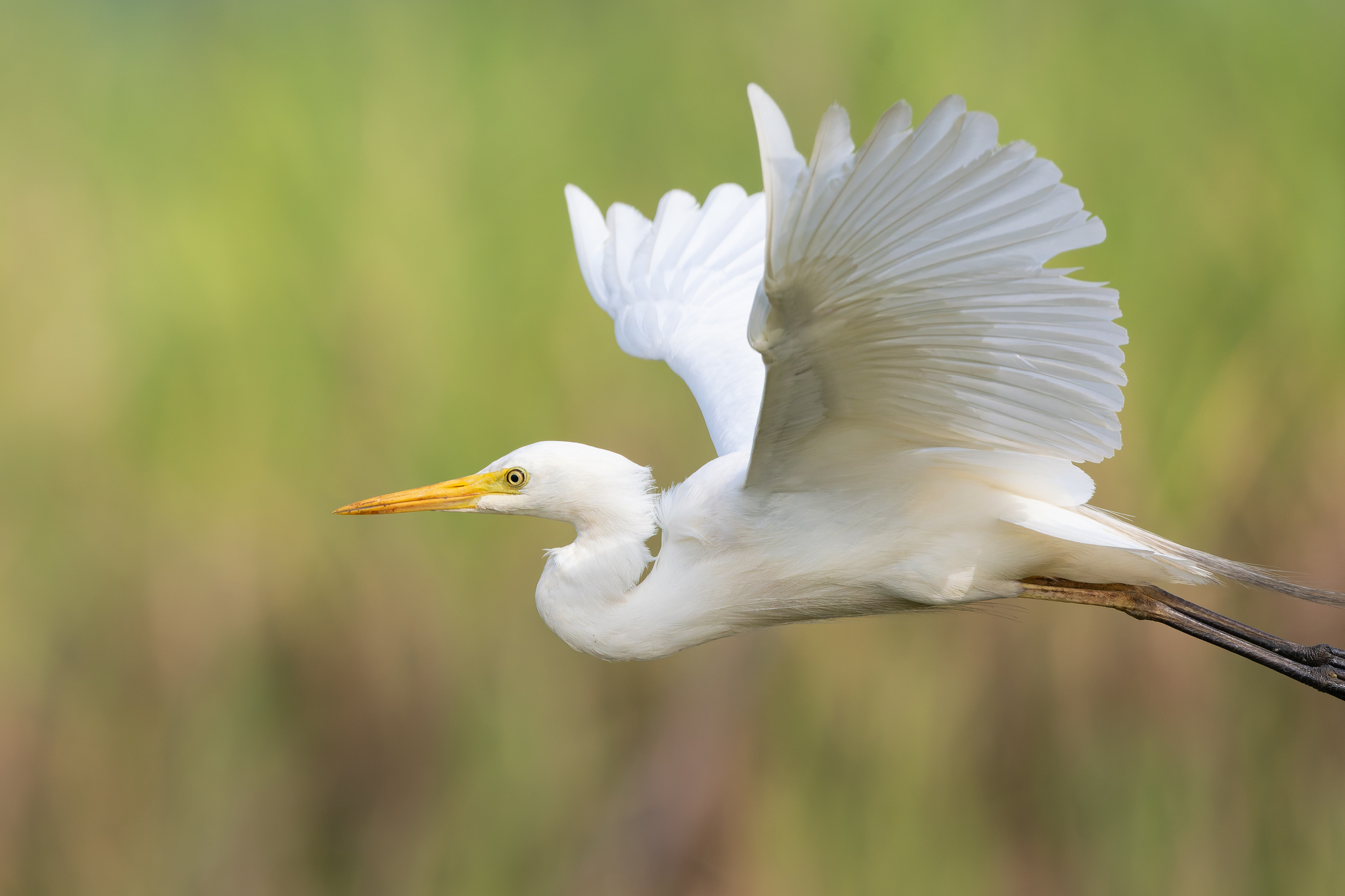Attachments
Note: Not all attachments are visible to the general public. Research URLs will go live after the embargo ends.

Research
CSIRO Publishing, Web page
Please link to the article in online versions of your report (the URL will go live after the embargo ends).
Journal/
conference: Pacific Conservation Biology
conference: Pacific Conservation Biology
Research:Paper
Organisation/s:
CSIRO
Funder:
The original research that formed the basis of this article was co-funded by the Commonwealth Environmental Water Holder (CEWH) and the Commonwealth Scientific and Industrial Research Organisation (CSIRO) through the CEWH Monitoring, Evaluation and Research project (2019–2025), administered by the Department of Climate Change, Energy, the Environment and Water and its precursors.



 Australia; Pacific; NSW
Australia; Pacific; NSW


